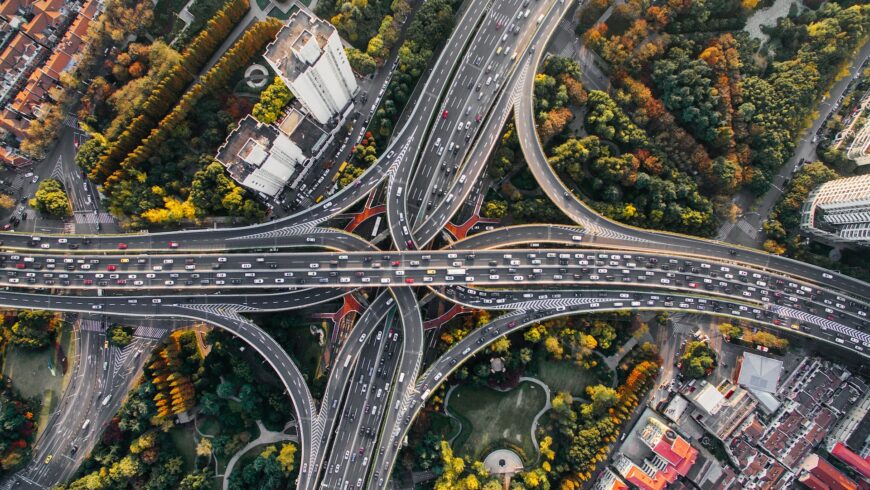Reaching your favorite destination by reducing the environmental impact of your trip is now easier, thanks to the Google Maps eco-friendly paths !
Now we all are familiar with the Google Maps application: there are those who use it to find the fastest way to work, or to avoid getting stuck in traffic thanks to real-time updates.
But now there is a new and interesting feature: the eco-sustainable paths of Google Maps, designed specifically to reduce harmful greenhouse gas emissions. The functionality is active in 40 European countries, including Italy, and is able to find the path that will save on fuel depending on the type of vehicle used.
But how do the eco-sustainable paths on Google Maps work?

The Google Maps application shows estimates of the fuel consumption and energy efficiency of the routes based on the type of vehicle engine. If the feature is active, in addition to these estimates, factors such as real-time traffic and road conditions contribute to choosing the best route.
Deactivating the function, instead, will show only the fastest routes, without taking into account the environmental sustainability factor. However, the green leaf icon will appear next to the most fuel or energy efficient route among all alternatives.
How to use the eco-sustainable path
On the Google Maps app:
- Tap the profile picture and go to “Settings“, then “Navigation Settings”
- Scroll to ‘Route options‘
- to turn the eco-friendly route on or off, tap Choose fuel-efficient routes.
- To choose the engine type, tap Engine type, select it, and click ‘Finish’.
The suggested route varies by engine type. A diesel engine has greater savings on the highway, while hybrid and electric vehicles provide greater efficiency in driving in cities and hilly environments.

How Google Maps calculates fuel consumption
To estimate fuel consumption, Google Maps relies on data from the National Renewable Energy Laboratory at the Energetic Department of United States and on those from the European Ambience Agency.

The calculation includes factors that affect fuel and energy consumption, but also CO2 emissions, such as:
- Average fuel or energy consumption of vehicles in your region
- Steepness of the route
- Hiccup traffic pattern
- Types of roads (such as local roads or motorways)
Do you think this implementation will be useful?




